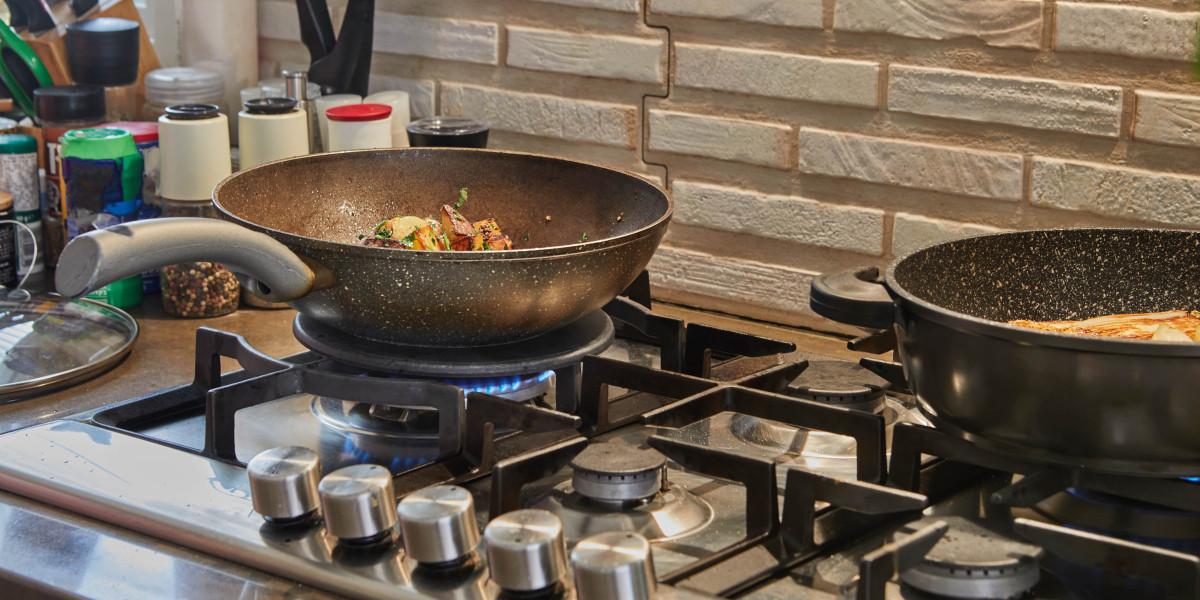
The Rise of Integrated Electric Ovens: A Comprehensive Guide
Integrated electric ovens are ending up being significantly popular in modern-day kitchens due to their streamlined style, energy effectiveness, and advanced cooking functions. Designed to mix effortlessly with kitchen cabinets, these appliances not just enhance aesthetic appeals but also provide a range of functionalities that accommodate the culinary needs of modern households. This post will look into the advantages of integrated electric ovens, how they compare to traditional ovens, and important factors to consider when purchasing one.
What is an Integrated Electric Oven?
An integrated electric oven is designed to be built into kitchen cabinetry, supplying a structured look that optimizes space performance. Unlike freestanding ovens, integrated designs frequently include a flush fit with kitchen cabinetry and come with designs that can match or complement the surrounding kitchen decor. These ovens normally come with a large range of functionalities, including convection cooking, self-cleaning choices, and clever technology features.
Advantages of Integrated Electric Ovens
The appeal of integrated electric ovens depends on their many advantages. Below are some of the key benefits:
Aesthetic Appeal
- Integrated ovens provide a tidy and contemporary appearance.
- They can be customized to match the kitchen's cabinetry and design style.
Area Efficiency
- Created to optimize the readily available kitchen space.
- Perfect for smaller sized kitchens where freestanding designs may be troublesome.
Advanced Cooking Features
- Lots of models include functions such as convection heat, steam cooking, and multiple cooking modes.
- Smart ovens can even connect to Wi-Fi for remote tracking and control.
Energy Efficiency
- Electric ovens typically supply more consistent heating and faster cooking times compared to gas ovens.
- More recent models are developed with energy-saving technologies, which can assist lower energy expenses.
Improved Safety
- Integrated ovens typically include features such as car shut-off and child lock functions for included security.
Table 1: Comparison of Integrated Electric Ovens and Traditional Ovens
| Function | Integrated Electric Oven | Standard Oven |
|---|---|---|
| Design | Bosch Black Built-in Single Oven - Modern Cooking, flush-fitting | Freestanding, uses up more space |
| Cooking Efficiency | Normally quicker, more even heating | Varies, typically longer heat up |
| Visual Integration | Seamless with kitchen cabinetry | Standout appliance |
| Space Usage | Space-saving | Needs more floor area |
| Advanced Features | Often includes wise technologies | Restricted technological integration |
| Energy Efficiency | Typically more energy-efficient | Can vary by model |
Key Features to Look For in Integrated Electric Ovens
When searching for an integrated integral electric ovens oven, various features should be taken into consideration to ensure you select a model that fits upgrade your kitchen: willow wof60dss single Oven cooking style and preferences. Here are some key functions to consider:
Size and Capacity
- Search for ovens that fit within your kitchen cabinets and assess internal capability based on your cooking needs.
Cooking Modes
- Consider designs that offer numerous cooking functions consisting of bake, broil, steam, and convection to expand culinary possibilities.
Self-Cleaning Options
- Self-cleaning modes save effort and time in keeping the oven.
Control Options
- Touchscreen controls or intergrated electric oven cooker (https://www.ovensandhobs.uk/products/haden-60cm-Electric-built-in-oven-with-fan-assist) clever tech integration for remote access can include benefit to cooking.
Energy Rating
- Pick energy-efficient models with great rankings to ensure lower operating costs.
Guarantee and Support
- Look for service warranties to cover repair work and replacements and the availability of customer service.
FAQs
Q1: What makes integrated electric ovens various from built-in ovens?
A1: Integrated electric ovens are specifically developed to blend into cabinets, using a seamless visual, while built-in ovens might not necessarily have the exact same flush style and typically stick out more as private appliances.
Q2: Are integrated electric ovens more pricey than traditional ovens?
A2: Generally, integrated electric ovens can be more expensive due to their design and advanced functions. Nevertheless, the long-term energy savings and enhanced effectiveness frequently offset the preliminary expense.
Q3: How do I ensure correct setup of an integrated electric oven?
A3: It is suggested to employ an expert for installation, as integrated ovens need accurate measurements and can involve electrical connections that need to comply with regional building codes.
Q4: Can I personalize the appearance of my integrated electric oven?
A4: Yes, numerous manufacturers provide customizable panels or surfaces to match your kitchen cabinets, permitting a completely integrated appearance.

Q5: What upkeep does an integrated electric oven generally need?
A5: Regular cleaning, particularly after heavy usage, and inspecting seals and vents for wear are suggested to maintain the oven's functionality and appearance.
In conclusion, integrated electric ovens are a useful and elegant addition to modern kitchen areas. Their advantages include aesthetic appeal, energy performance, and advanced cooking functions, making them a popular choice for home cooks. Understanding the key qualities and comparing various models can assist customers make informed purchasing decisions and pick an integrated oven that best fits their cooking requirements and kitchen design. With their smooth integration and technological developments, these ovens are poised to become staples in the kitchen for several years to come.








